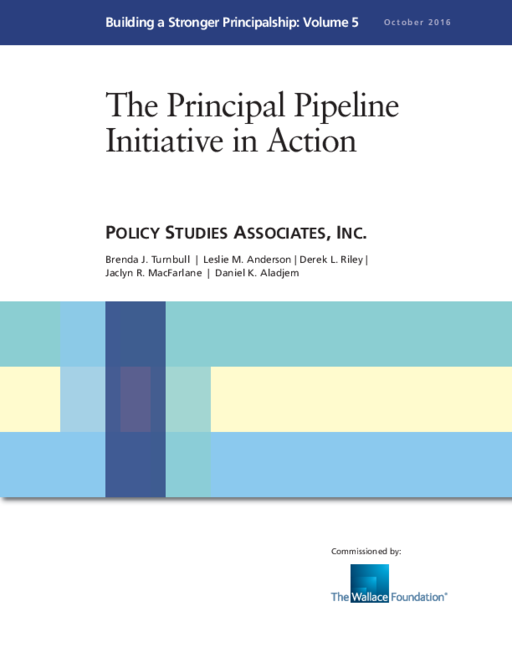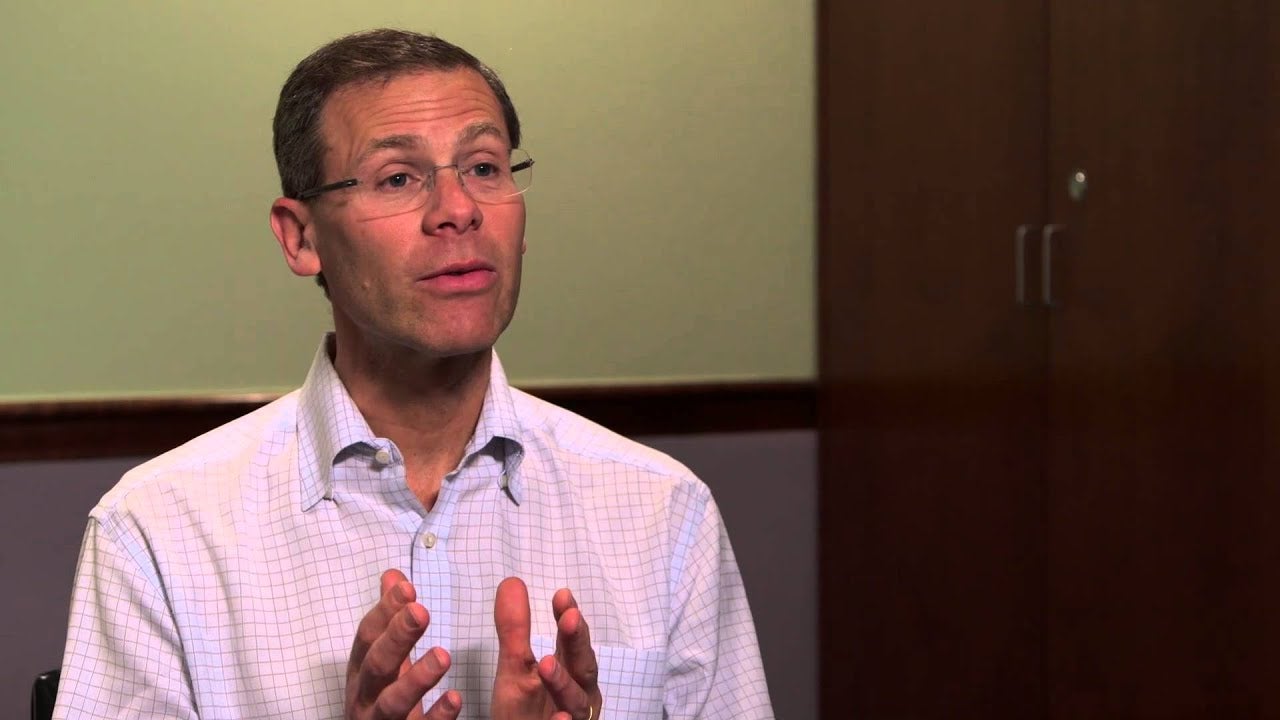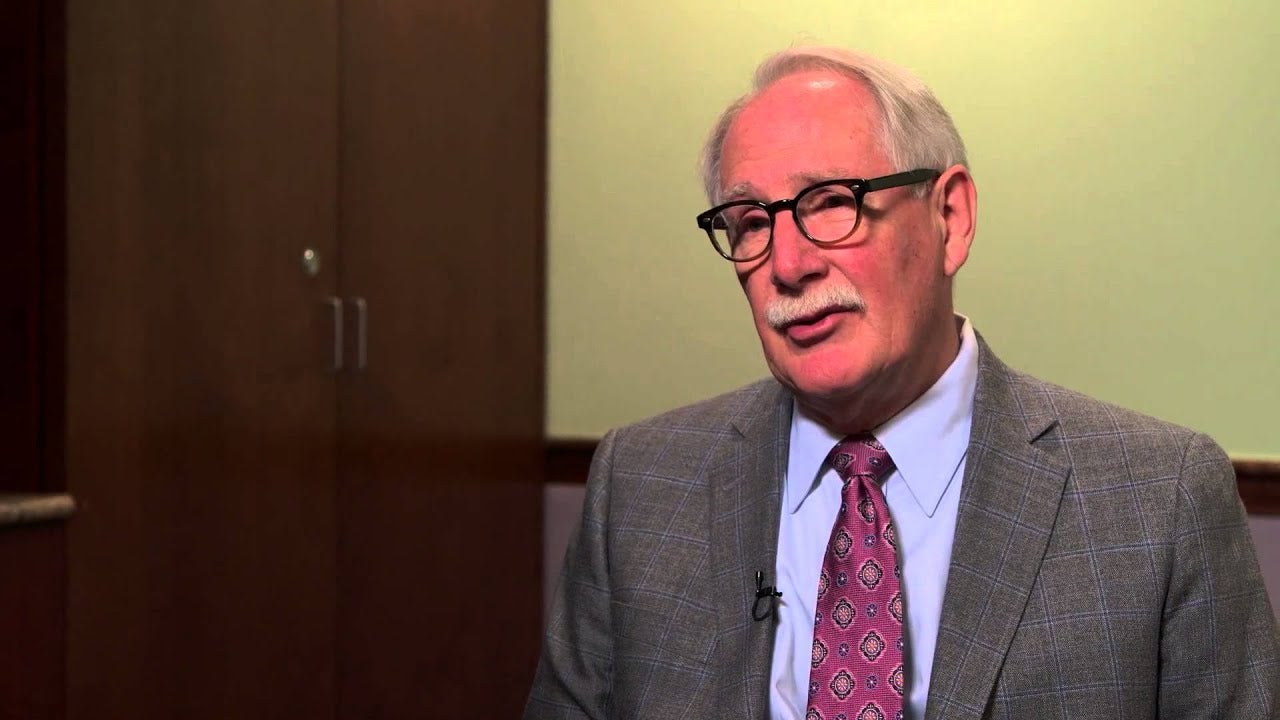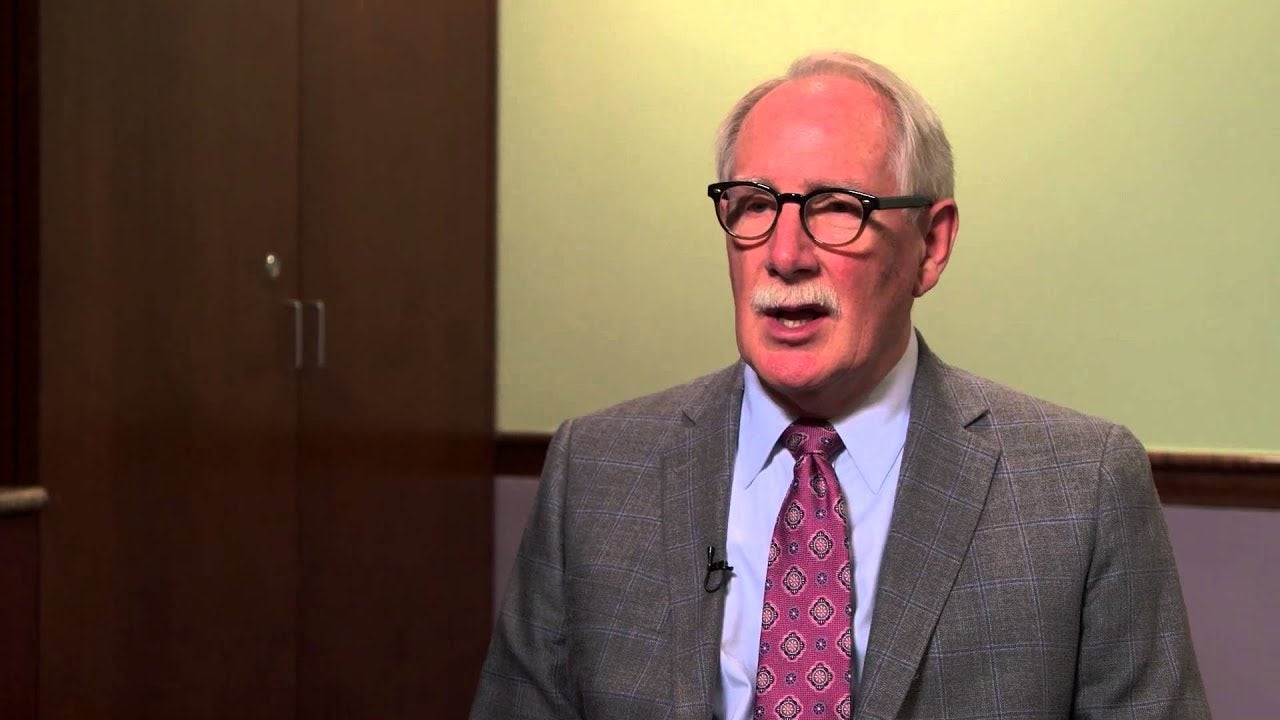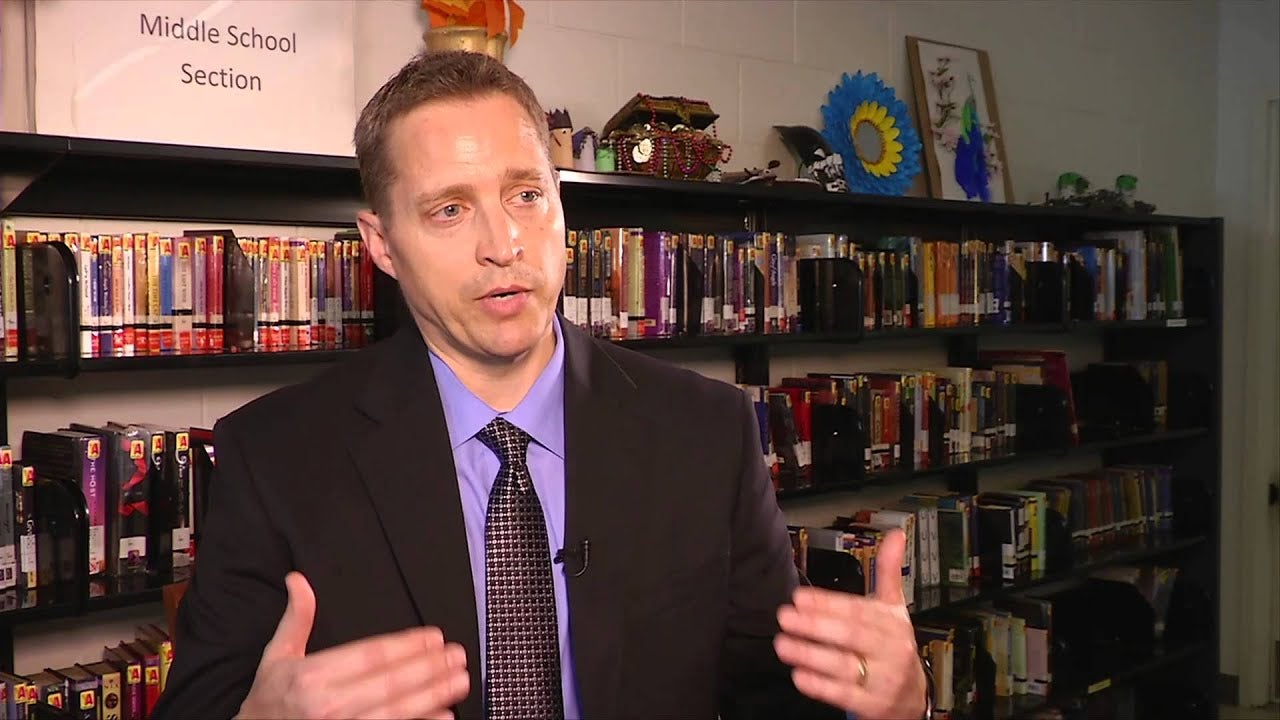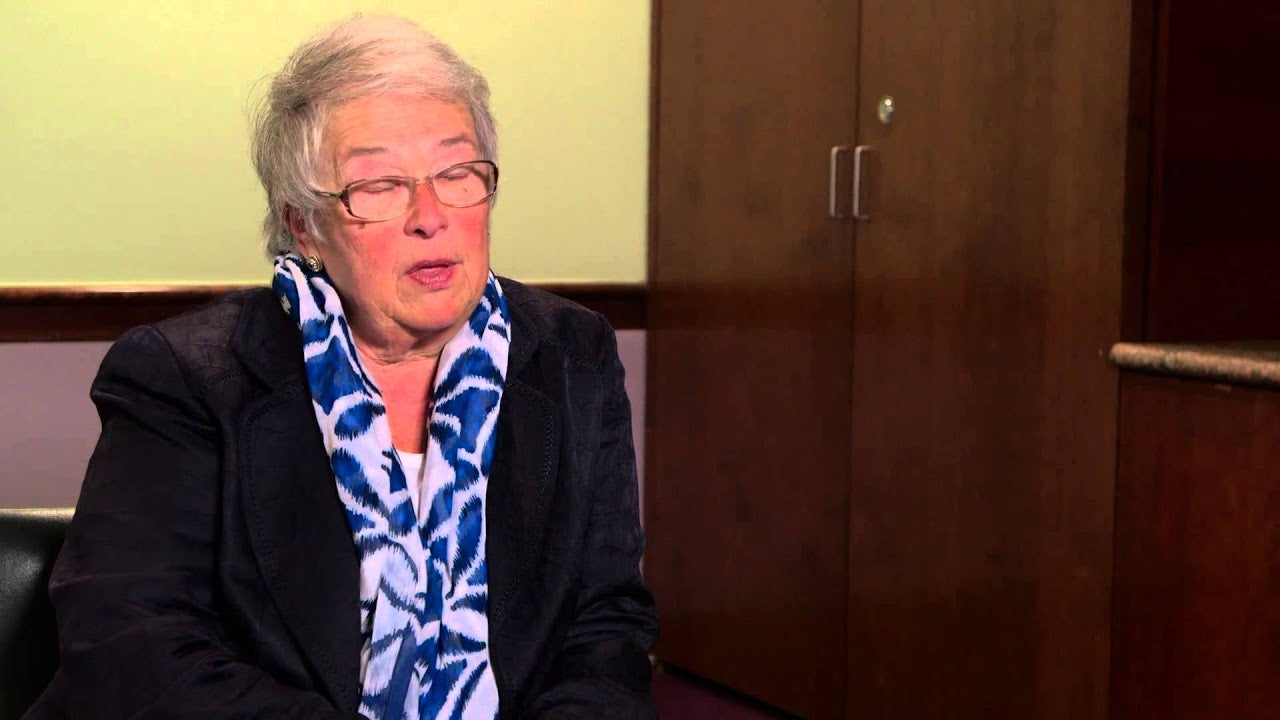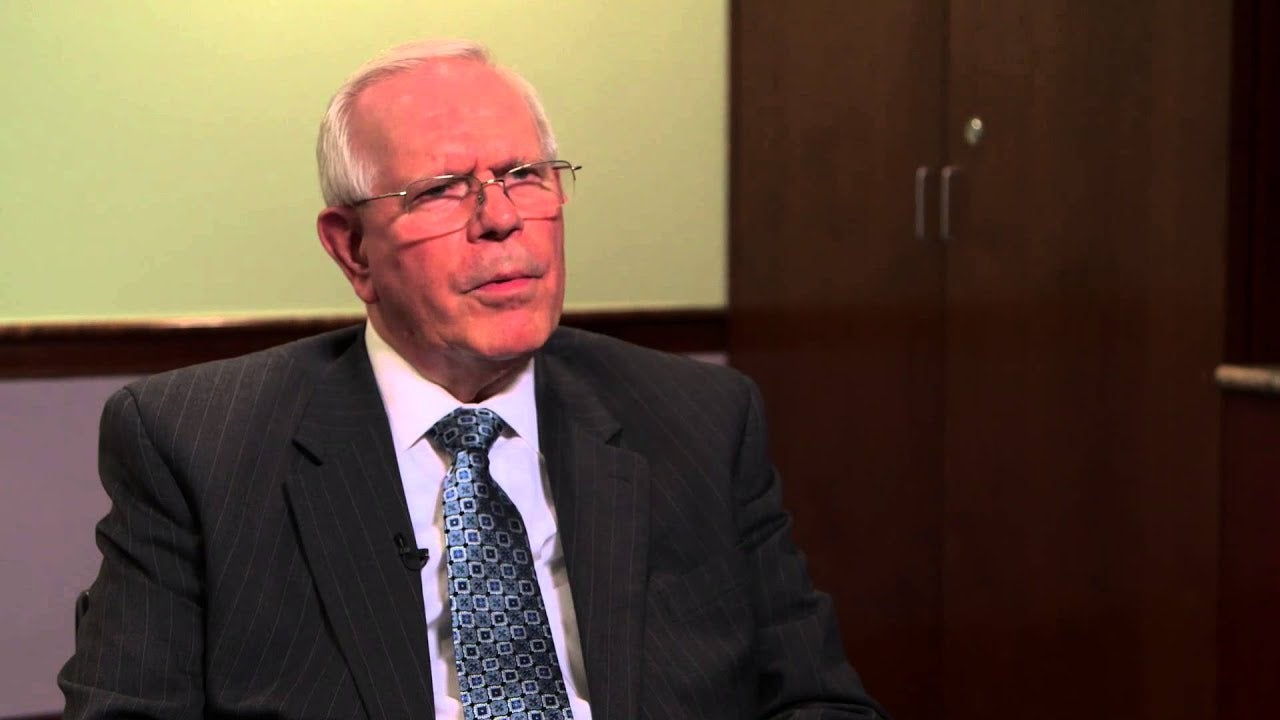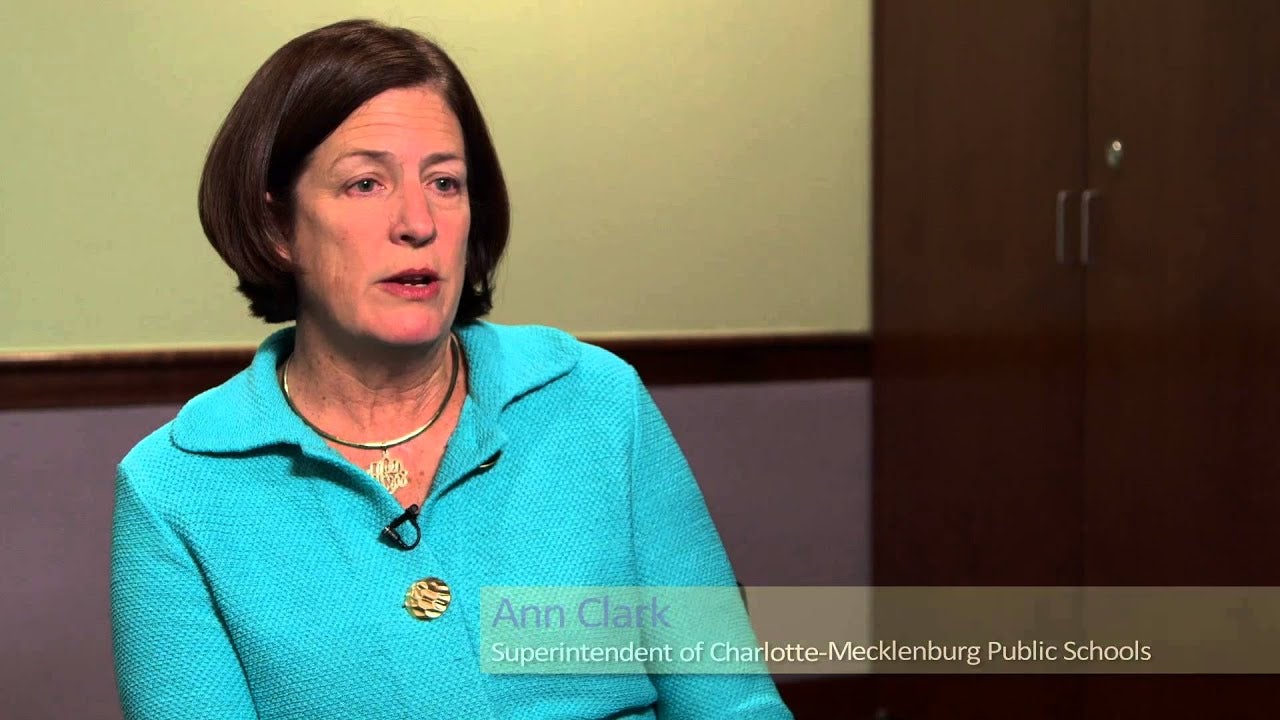Breadcrumb
- Wallace
- Reports
- Building A Stronger Principalshi...
Building a Stronger Principalship, Vol. 5
The Principal Pipeline Initiative in Action

- Author(s)
- Brenda J. Turnbull, Leslie M Anderson, Derek L. Riley, Jaclyn R. MacFarlane, and Daniel K. Aladjem
- Publisher(s)
- Policy Studies Associates, Inc.
Summary
How we did this
This report is based on an analysis of data collected by the evaluation team. Data sources include interviews, focus groups, surveys, observations, and document review.
In 2011, six large school districts set out to develop a corps of highly-qualified school principals. After five years, they had much to show for their efforts. They put into place key components of a comprehensive pipeline to the principalship:
- Standards that specify what principals need to know and do
- Stronger pre-service training
- More selective hiring and placement procedures
- Apt on-the-job evaluation of and support for novice principals.
This report is the culmination of a series of studies on the implementation of The Wallace Foundation’s Principal Pipeline Initiative. Its big finding is that “to a striking extent” all six districts carried out policies and practices called for by the effort. The study identifies evidence of success and persistent challenges. It also provides insights for districts looking to create or expand their principal pipelines.

Defining standards and competencies for principals was a powerful first step toward creating a solid principal pipeline.
Evidence of Success
Researchers noted that local commitment to the initiative appeared to strengthen over time. Districts maintained focus despite superintendent transitions and other initiatives. Researchers found evidence that each pipeline component was well crafted:
- Standards. Districts used standards to align the major pipeline parts. Those were: pre-service principal preparation, hiring criteria, and on-the-job principal evaluation and support.
- Principal preparation. Districts started or expanded their own principal preparation programs for high-potential assistant principals. They also worked with universities to improve university programs that prepare aspiring leaders. As a result, novice principals increasingly reported on surveys that their preparation had given them “a strong orientation to the principalship as a career.”
- Hiring and placement. Districts created systematic hiring procedures that used data and performance tasks. Over five years, a higher percentage of novice principals reported that their skills were an “excellent” fit for their school’s needs. Most top district leaders in 2014 and 2015 reported that incoming principals and assistant principals were strong in instructional leadership.
- Evaluation and support. Evaluation became a series of structured conversations between principals and their supervisors instead of a perfunctory annual meeting. New principals gave higher ratings to principal supervisors over time. Evaluation systems were revised. Most novice principals received some critical feedback. Yet new principals' ratings of district evaluation systems were positive and held steady.
Factors Contributing to Progress
Researchers identified aspects of the initiative’s design that contributed to progress:
- Pipeline components were well defined but districts had flexibility in how to shape them. They selected their own strategies. And they were able to shift emphasis over time.
- The initiative was designed to engage superintendents and top leaders in important matters they might have otherwise delegated. This helped sustain high-level support for the initiative. It also fostered collaboration between departments and reduced bureaucratic resistance.
- Project directors from the six districts met regularly to share ideas. They also spent uninterrupted planning time with members of their own local leadership team.
- Project directors had regular opportunities to meet with outside experts and visit each other’s districts.
- Most new tools, programs, and procedures were introduced as pilots. This helped ease stress and enabled districts to spot and correct unanticipated problems. Districts also worked to refine each pipeline component every year.
Persistent Challenges
As of 2015, the six districts faced several ongoing challenges:
- Principal supervisors needed to further develop skills in evaluating and coaching new principals. Administrative duties sometimes limited the amount of time supervisors could spend on principal support.
- Some universities did not embrace new program designs.
- Introducing ways to screen aspiring principals for needed interpersonal skills was a work in progress.
- Tailoring group professional development to individual needs was hard to carry out.
- Balancing competing needs in the assistant principal’s role was difficult. The job can be a place for future principals to learn about instructional leadership. It can also be a place where essential managerial tasks get done.
The six districts participating in the Principal Pipeline Initiative were:
- Charlotte-Mecklenburg Schools, N.C.
- Denver Public Schools
- Gwinnett County Public Schools, Ga.
- Hillsborough County Public Schools, Fla.
- New York City Department of Education
- Prince George’s County Public Schools, Md.
Key Takeaways
- Six large districts were able to implement a robust principal pipeline “to a striking extent” over five years.
- Districts in Wallace's Principal Pipeline Initiative developed four major pipeline components successfully. They developed rigorous principal standards to align all parts of their pipeline. They started or expanded their own principal preparation programs for high-potential assistant principals. They also worked with university programs to prepare aspiring leaders. They created systematic hiring procedures that used data and performance tasks. They revamped principal evaluation so it became a series of structured conversations between principals and their supervisors.
- The initiative’s design contributed to its success. Key factors included engagement of superintendents, regular meetings where project directors from the six districts shared ideas, and introducing new tools, programs, and procedures as pilots.
- After five years, some challenges persisted. These included limited influence over redesigning university principal preparation programs and balancing different needs in the assistant principal's job.
Materials & Downloads
Hear from the Experts
Six Superintendents’ Experiences Building Principal Pipelines
Superintendents of six large school districts participating in Wallace’s Principal Pipeline Initiative discuss lessons they learned about school leadership and offer tips for other districts.
